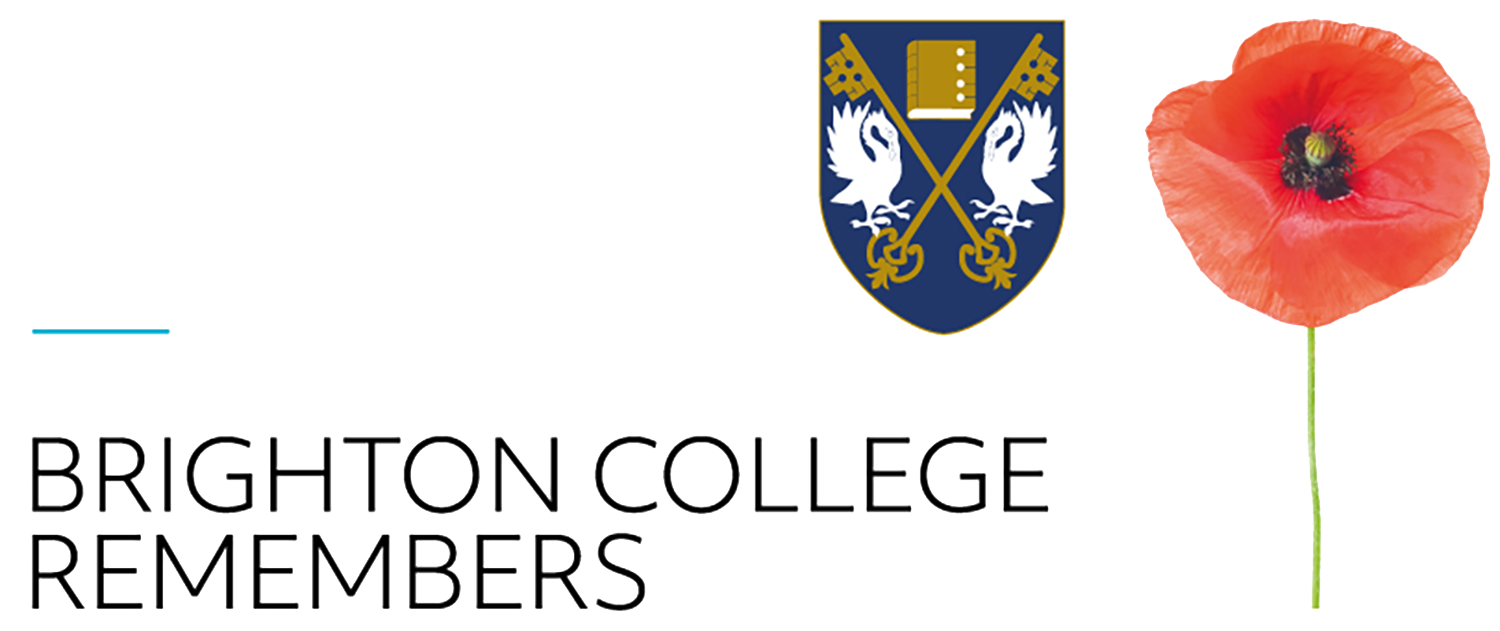Lance-Corporal, Australian Imperial Forces
Born: May 21st 1875
Died: October 10th 1916
Age at Death: 41
Killed in action, France, October 10th 1916
A donation to the memorial statue has been made in honour of this soldier by Philip Mitchell (Ha. 1960-65).
I would like to dedicate my donation to Robert G.M. Mitchell, a namesake but - as far as I know - not a relative. He was born on 21st May 1875 in Calcutta and came to England to be educated at the College, in Mr Wickham's House (now defunct). He obtained legal qualifications and served in the Colonial Civil Service as a Barrister at Law, being admitted to the High Court, Calcutta on 24th July 1899 at the age of 24. He applied for Colonial employment elsewhere within the British Empire in 1906, and settled in Australia. He left the law and went on to manage an orchard in West Tamar, Tasmania. He married and had a daughter.
Mitchell enlisted at Claremont, Tasmania on 14th September 1915 as a private soldier. He was by then 40, but the Australians had already committed their younger men to the slaughter of the Gallipoli campaign and reinforcements were needed for the Western Front. He was shipped off to France in December of the same year, and killed there on 10th October 1916, a late casualty of the Battle of the Somme, having suffered fatal shrapnel wounds to both legs, thigh, throat and hand. He is, however, buried in Belgium. I shall try to locate and visit his grave.
Mitchell is typical of the people of the British Empire who regarded the Mother Country as their own and were prepared to make the ultimate sacrifice for it. I am proud of his association with Brighton College, and of the way we are now recognising it through the placing of a statue which commemorates the lives of all 147 Old Brightonians who died in the Great War.
"There is some corner of a foreign field that is forever England".
Philip Mitchell (Hampden 1960-1965)
Robert Gordon Melville Mitchell (Mr Wickham’s House 1884-89)
Robert Mitchell was born on 21st May 1875 in Calcutta, India. He was the son of Robert Mitchell and his wife Marianne. After leaving the College, after a period in the Indian Civil Service, he was admitted to the Bar at the High Court, Calcutta in 1899. In 1906 later applied for Colonial employment elsewhere in the British Empire and settled in Australia. He later left the legal profession and went on to manage an orchard in West Tamar, Tasmania where he married Marion (nee Mason) in 1913 and fathered a daughter, Rosalie, the same year.
Although already 40 years old, Mitchell enlisted as a private in the AIF at Claremont, Tasmania on 14th September 1915 as a private soldier. Following the slaughter at Gallipoli the ANZACs, the main component of the AIF, were already short of men and were prepared to send abroad older men who would probably have been retained at home for longer in the British Army. His transition to fighting soldier was thus relatively quick and he arrived in France in December 1915. He was attached to 15th Battalion AIF, which, as part of the 4th Australian Division, was involved in the later stages of the Battle of the Somme. However, following action on the Somme, the division was then transferred to a then relatively quiet part of the front near Ypres. Nonetheless he was still exposed to artillery fire and in early October 1916 Mitchell sustained shrapnel wounds in the legs, thigh, throat and hand from which he was to die on 10th October 1916.
His grave is in Lijssenthoek Military Cemetery, Ypres, Belgium.
Source: LEST WE FORGET Project, Brighton College 2014-15

